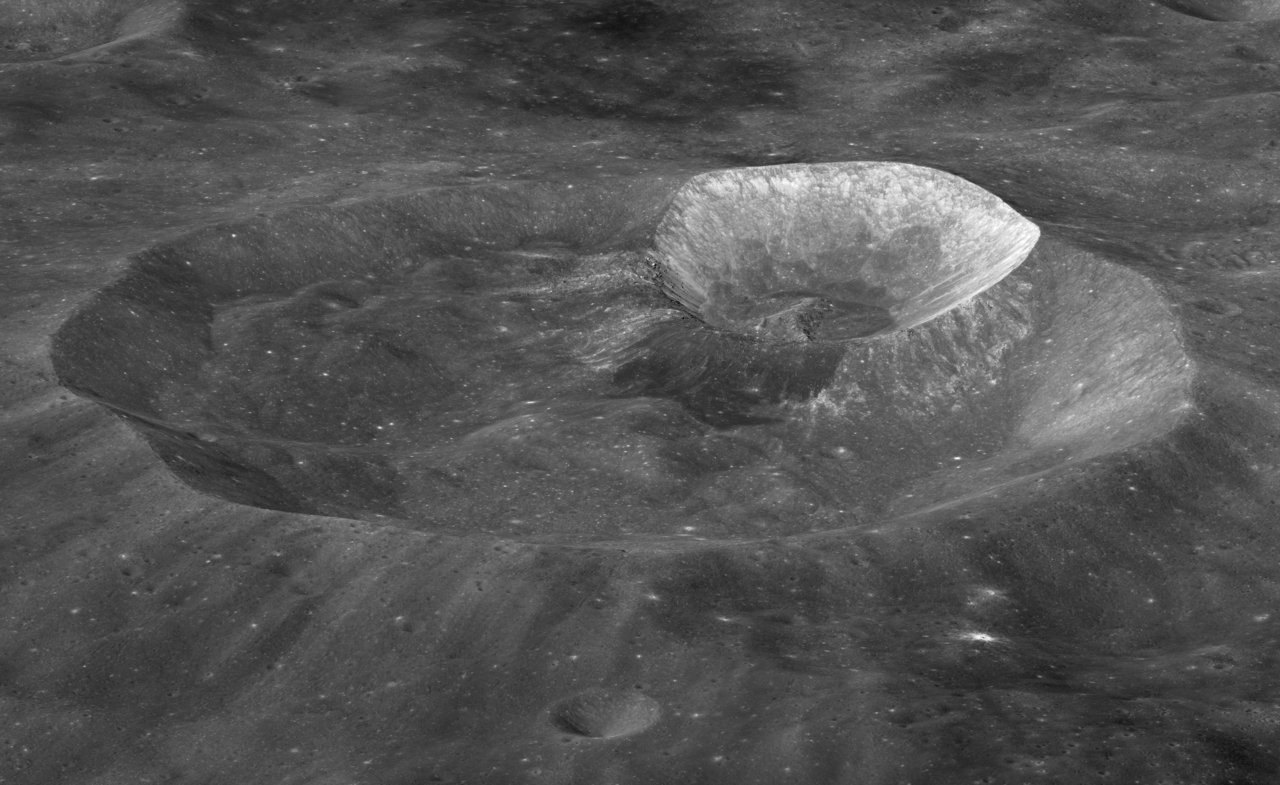3 min read

NASA’s former chief exploration scientist, Michael Wargo, has been posthumously honored with the distinction of having a lunar crater named after him. Wargo Crater is an 8.6-mile (13.8 km) diameter impact crater sitting on the northwest edge of Joule T crater, on the far side of the Moon. Wargo worked at NASA from 1991 until his death in 2013.
The International Astronomical Union is the naming authority for celestial bodies, and reserves the naming of Moon craters for deceased astronauts and cosmonauts, as well as deceased scientists and polar explorers who have made outstanding or fundamental contributions to their field.
As chief exploration scientist, Wargo was a leader in the development of the Lunar Reconnaissance Orbiter (LRO) and the Lunar CRator Observation and Sensing Satellite, or LCROSS, which launched together to the Moon in 2009. LRO remains in orbit, relaying high-resolution science observations, while LCROSS intentionally impacted the Moon to dig up and eject subsurface material for compositional analyses. The missions have revealed a surprisingly active Moon with water molecules and a water cycle, and found evidence that the lunar soil within shadowy craters is rich in useful volatiles. Building on these discoveries, NASA is developing several CubeSat orbital missions (Lunar Flashlight, LunaH-MAP, and Lunar IceCube) to better identify the location and abundance of water-ice on the Moon, and Resource Prospector, a rover and instrument suite currently in formulation, to prove the capability to harvest lunar resources.
The formation of Wargo crater had a big impact on its surroundings. An asteroid measuring several thousand feet in diameter slammed into the steeply sloping rim of Joule T crater (24 miles or 38 km in diameter) at hyper-velocity (3 to 12 miles per second) forming a crater over 3,000 feet (914 meters) deep. Massive amounts of instant magma crested the lower eastern rim and spread across the floor of Joule T.
“Michael would be thrilled to be honored in this way,” said Wargo’s wife, Adele Morrissette. “He was a dedicated member of the NASA lunar exploration team and was particularly proud of the Lunar Reconnaissance Orbiter (LRO).”
Among other honors bestowed upon Wargo, his was the first voice transmitted around the Moon since the last Apollo mission in 1972. Two months after his death, the Lunar Atmosphere and Dust Environment Explorer spacecraft broadcast from lunar orbit a recording of Wargo, voicing his take on the LRO motto: "The true spirit of these missions is that science enables exploration and exploration enables science."
- IAU citation for Wargo crater: https://planetarynames.wr.usgs.gov/Feature/15611
- Explore Wargo crater with Quickmap: http://bit.ly/2Be0M4b







